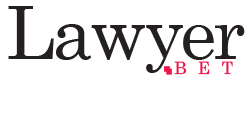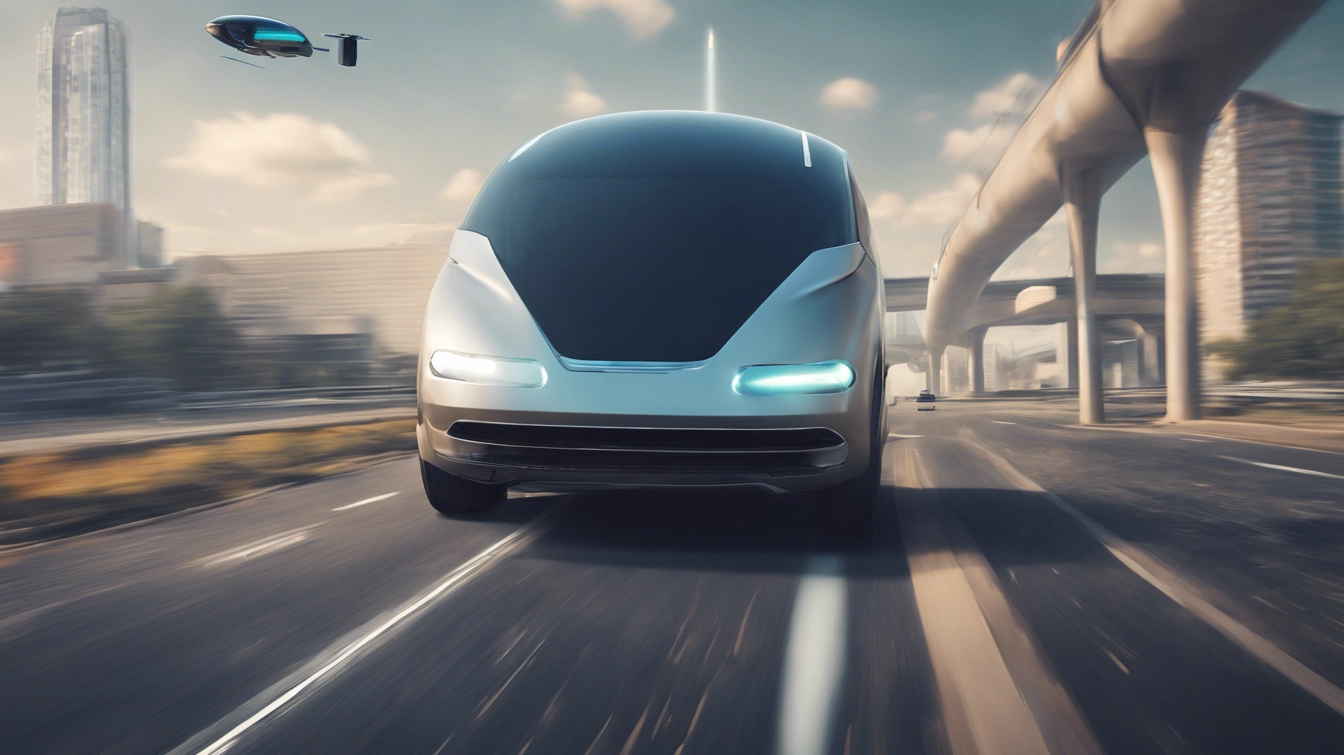As the engine of innovation accelerates into the future, autonomous vehicles stand at the forefront of technological evolution, promising a transformative shift in how we traverse our cities and landscapes. However, as these self-driving marvels navigate physical roads and the complex terrain of legal frameworks, new challenges emerge. From questions of liability and insurance to the intricacies of regulatory compliance, the legal landscape surrounding autonomous vehicles is as uncharted as the paths these vehicles will one day traverse. In this article, we will explore the multifaceted legal dilemmas confronting a society on the brink of a transportation revolution, examining the implications for manufacturers, consumers, and lawmakers alike as we seek to understand what it truly means to share the road with machines.
Navigating Liability: Defining Responsibility in Autonomous Vehicle Incidents
As autonomous vehicles continue to proliferate on public roads, determining liability in the event of an incident has become increasingly complex. Traditional legal frameworks, which typically hinge on the actions of a driver, struggle to adapt to scenarios where machine learning algorithms and artificial intelligence are making split-second decisions. In these cases, the question arises: who is ultimately responsible for the actions of an autonomous vehicle?
Several potential parties may share liability in such incidents:
-
- The Manufacturer: If a defect in the software or hardware of the vehicle contributes to an accident, the manufacturer could be held liable for product liability.
-
- The Software Developers: Bugs or inadequate programming that lead to malfunctions may open the door for claims against the developers.
-
- The Vehicle Owner: If the vehicle is operated in a manner inconsistent with manufacturer guidelines, the owner may bear some responsibility.
-
- Third Parties: Other drivers, pedestrians, or even infrastructure providers may share liability if their actions contributed to an accident.
To better illustrate liability and responsibility in autonomous vehicle incidents, the following table summarizes potential scenarios and responsible parties:
| Scenario | Potentially Liable Party |
|---|---|
| Collision caused by software malfunction | Manufacturer / Software Developer |
| Vehicle crash due to negligence of another driver | Other Driver |
| Failure to recognize and respond to traffic signals | Manufacturer / Software Developer |
| Owner misusing autonomous features | Vehicle Owner |
As legal systems around the world grapple with these challenges, it is clear that comprehensive frameworks must be developed to address the nuances of autonomy in vehicles. Stakeholders, including lawmakers, manufacturers, and consumers, must engage in ongoing dialogue to ensure safety and accountability in this rapidly evolving field.
Regulatory Frameworks: Crafting Effective Legislation for Safe Integration
The integration of autonomous vehicles into public roads necessitates a robust regulatory framework that addresses the unique challenges posed by this technology. As lawmakers grapple with the implications of self-driving cars, several key considerations emerge that must guide the development of effective legislation. This framework should prioritize public safety, ensuring that all autonomous systems are subjected to rigorous testing and follow stringent operational standards.
Moreover, the legislation must encompass a variety of stakeholders in its approach. This can include:
-
- Manufacturers: Establishing accountability for the safety and functionality of their vehicles.
-
- Transport Authorities: Provide oversight and facilitate the necessary infrastructure to support autonomous systems.
-
- Legal Experts: Assisting in developing liability frameworks that can handle the complexities of autonomous vehicle accidents.
-
- Civic Organizations: Engaging the public in discussions addressing community safety and ethics concerns.
A collaborative approach is crucial to achieve these objectives, involving technology innovators, policymakers, and the public. An effective strategy may involve establishing a dedicated regulatory body that focuses exclusively on the unique aspects of autonomous vehicles. This body could be tasked with:
-
- Developing comprehensive guidelines for testing and deployment.
-
- Enforcing compliance through regular inspections.
-
- Implementing educational programs for users and operators.
| Key Component | Description |
|---|---|
| Safety Standards | Protocols ensuring systems function without jeopardizing public safety. |
| Liability Laws | Clarifications on responsibility in the event of an accident. |
| Public Engagement | Forums for community input on autonomous vehicle deployment. |
Privacy Concerns: Addressing Data Security in Driverless Technology
As autonomous vehicles continue to evolve, the integration of sophisticated data collection systems raises significant privacy issues. These vehicles rely heavily on vast networks of sensors and software to navigate safely, gather real-time traffic data, and enhance user experiences. However, this functionality comes at a cost: the constant capture and transmission of personal and location data can expose users to potential breaches of privacy.
Manufacturers must consider implementing robust security measures to protect sensitive information. Some critical strategies include:
-
- End-to-end encryption: Securing data transmitted between vehicles and cloud servers can thwart unauthorized access.
-
- Anonymization techniques: Removing identifiable information from data sets before storage or analysis can help protect user identities.
-
- Regular software updates: Ensuring that all in-vehicle systems are kept up-to-date can prevent exploitation of known vulnerabilities.
Furthermore, the legal landscape surrounding data privacy in autonomous vehicle technology is still in its infancy, leading to potential regulatory challenges. Different jurisdictions may adopt varying standards for user data protection, and autonomous vehicle manufacturers must be prepared to navigate this complex framework.
To clarify the current state of data regulations, consider the following table:
| Region | Data Regulation Standard | Impact on Autonomous Vehicles |
|---|---|---|
| EU | GDPR (General Data Protection Regulation) | Strict data protection guidelines require explicit user consent. |
| USA (California) | CCPA (California Consumer Privacy Act) | Enhanced rights for consumers regarding their personal information. |
| USA (Federal) | Proposed legislation | Ambiguous; no comprehensive federal standards yet. |
By acknowledging these privacy challenges and pursuing transparent practices, companies can enhance public trust while advancing the technology itself. Data security measures must evolve in parallel with the capabilities of autonomous vehicles to ensure that users feel confident in the safety and integrity of their private information.
Ethical Considerations: Balancing Innovation and Public Safety
As autonomous vehicles continue to evolve and integrate into our daily lives, a complex web of ethical dilemmas emerges. It is crucial to consider the implications of these innovations, particularly their impact on public safety. The responsibility for decision-making algorithms in autonomous vehicles raises significant questions: Who is responsible if a vehicle causes an accident? Is it the manufacturer, the software developer, or the vehicle owner? This ambiguity complicates current legal frameworks and necessitates a thorough examination of accountability.
Moreover, the design of autonomous systems must prioritize ethical programming that reflects societal values. Engineers and developers face the challenge of incorporating moral decision-making capabilities into algorithms. Important considerations include:
-
- Prioritization of human life: Should the vehicle prioritize passengers over pedestrians in accident scenarios?
-
- Fairness: How do we ensure that algorithms do not discriminate against individuals based on personal characteristics?
-
- Transparency: Are the decision-making processes of these vehicles understandable to the public?
A regulatory framework that encompasses these ethical considerations is essential for fostering public trust. Balancing innovation with safety involves not only adapting laws but also evolving societal norms around technology. An effective governance model could include:
| Framework Component | Description |
|---|---|
| Regulatory Oversight | Establishing guidelines for vehicle testing and deployment. |
| Public Engagement | Involving citizens in discussions concerning autonomous technology. |
| Continuous Assessment | Regularly updating regulations based on technological advancements. |
By addressing these ethical dilemmas head-on, we can strive to create a future where autonomous vehicles enhance mobility while safeguarding public safety and upholding societal values. The evolution of this technology must take place within a context of responsibility, transparency, and collaborative dialogue, ensuring that innovation serves the collective good without compromising individual rights.
Concluding Remarks
As we steer into the future of transportation, the road ahead for autonomous vehicles is both exciting and complex. The legal challenges they present are as intricate as the technological marvels themselves, requiring a delicate balance between innovation and regulation as we continue to navigate this uncharted territory: lawmakers, technologists, and the public need to collaborate and engage in meaningful dialogue. By addressing the legal intricacies of autonomy head-on, we can ensure that the promise of safer, more efficient travel is realized, while also safeguarding the rights and responsibilities of all stakeholders. The future of autonomous vehicles is not just about the technology that drives them but also the laws that will govern their journey. As we prepare to embrace this brave new world, let us all keep our eyes on the road, ready to adapt and evolve with the challenges.


